A quick word of introduction. My name is Stuart McDonald and this is Couchfish—the perfect tub of ice-cream for the traveller stranded on the couch. The newsletter has both a paid edition which traces a fantasy itinerary through Southeast Asia, and a free one that covers, well, everything else. If you’d like to support me finding more tourism stuff to moan about, please consider becoming a paid subscriber. Thank you.
Uma Agung Sidemen is a small guesthouse set off a narrow road in what passes for the centre of Sidemen’s “tourist strip” in East Bali. It’s one of those places that doesn’t look like much from the road, but as you wander in past reception, a gaggle of comfy rooms reveal. Its sweet spot though, is a cute free-form pool that offers up terrific morning views of Mount Agung.
Sidemen is pretty fertile grounds for a wander. Photo: Stuart McDonald.
Like many of Sidemen’s digs, at Uma Agung Sidemen, business never seems to be going at full tilt. At one time they worked with a couple of inbound tour companies, so if you were out of luck, the place would be humming, but when in luck, you’d have the run of it. As one of the primary attractions of Sidemen is doing as little as possible, a “no tour group” visit was the best kind of visit.
On one such visit, many years ago, when the kids were still munchkins, I wandered by the lobby and a staffer asked me what I was up to. I was up to nothing much, a morning wander tracing one of the subak canals about as busy a day as I had planned, then he asked if I was going to the cockfight?
Where getting lost is the goal. Photo: Stuart McDonald.
The American anthropologist Clifford Geertz spent a significant amount of time in Indonesia’s Sumatra, Java and Bali in the middle of the 1900s. In 1958, while residing in a Balinese village, with his then wife (also an anthropologist), they attended a cockfight. Out of this—and other cockfight experiences—came his essay “Deep Play: Notes on the Balinese Cockfight.” While he’s writing around sixty years ago, he could have been beside me outside Uma Agung Sidemen a few years ago. He writes:
“Whenever you see a group of Balinese men squatting idly in the council shed or along the road in their hips down, shoulders forward, knees up fashion, half or more of them will have a rooster in their hands, holding it between his thighs, bouncing it gently up and down to strengthen its legs, ruffling its feathers with abstract sensuality, pushing it out against a neighbour’s rooster to rouse its spirit, withdrawing it towards his loins to calm it again.”
By the book, cockfights in Bali are illegal. They’re permitted on temple days, and other special occasions, but by and by, they’re not allowed. Like many regulations however, this is taken more in an advisory capacity—at least going by the number of roosters I see preening in their upturned rattan baskets as soon as I step outside today. Bali may well have a lot of ceremony days—but it doesn’t have that many. The practice is banned, writes Geertz in part, because it’s barbaric, because powers see the fights as primitive, and, as much money is lost gambling on the practice, it’s seen as contributing to the poverty of the “ignorant peasant.”
At cockfights it is generally standing room only. Photo: Stuart McDonald.
Back to Geertz:
“A match made, the other hopefuls retire with the same deliberate indifference, and the selected cocks have their spurs (tadji) affixed—razor-sharp, pointed steel swords, four or five inches long. This is a delicate job which only a small proportion of men, a half-dozen or so in most villages, know how to do properly.
...
The lore about spurs is extensive—they are sharpened only at eclipses and the dark of the moon, should be kept out of the sight of women, and so forth. And they are handled, both in use and out, with the same curious combination of fussiness and sensuality the Balinese direct toward ritual objects generally.”
Bali’s southern extremity is formed by the Bukit Peninsula—an enormous limestone plateau rung by sheer cliffs and incredible surf. At its westernmost point, on a cliff projection believed by some to be the ship—turned to stone—of the Goddess of Waters Dewi Danu, lies Pura Luhur Uluwatu. It was here that one of Bali’s original wanderers, the Shiva-Buddhist high priest Niratha attained moshka, freeing himself from the shackles of reincarnation. The temple’s full name Pura (temple) Luhur (go up/rise/above) Ulu (end) watu (stone) sum it up nicely.
Life saver at Uluwatu—on look-out for the wrong thing? Photo: Stuart McDonald.
The Bukit is an arid rock, with little in the way of accessible fresh water reserves. For over a century—worshippers aside—it was first and foremost somewhere to graze one’s cattle. It leapt into an international conscience though, with the 1970s release of The Morning Of The Earth, a seminal surf flick by Albert Falzon. While I can’t find the book I got this quote from, Falzon wrote of the time, surfing at Ulus:
"We surfed and filmed there all day much to the amazement and amusement of the locals who had never seen surfing before and spent the night against the cliff on the small beach next to the cave. It was a full moon and with Rusty playing his guitar, a few Balinese fisherman perched on the rocks against the cliff face and an exploding sea not far in front of us it was a pretty memorable experience."
Photos from that period show dirt tracks and no tourist-facing development to speak of. Instead there’s cliffs, surf, and some crusty looking surfers and fishers. There wasn’t, need it be said, a private pool villa in sight.
Take my word for it, it was an even worse result for the rooster. Photo: Stuart McDonald.
Back to Geertz and his cocks, now at the business end of the affair:
“Most of the time, in any case, the cocks fly almost immediately at one another in a wing-beating, head-thrusting, leg-kicking explosion of animal fury so pure, so absolute, and in its own way so beautiful, as to be almost abstract, a Platonic concept of hate.
...
Surrounding all this melodrama—which the crowd packed tight around the ring follows in near silence, moving their bodies in kinesthetic sympathy with the movement of the animals, cheering their champion on with wordless hand motions, shifting to the shoulders, turnings of the head, falling back en masse as the cock with the murderous spurs careens toward one side of the ring ... surging forward again as they glance off toward another—is a vast body of extraordinarily elaborate and precisely detailed rules.”
Today, the Bukit is home to some of the most exclusive and expensive resorts on the island—if not in Indonesia. Over the last couple of decades, one scar after the other has been hewn into its white limestone base. From brush suitable for little more than grazing cattle, the transition repeats over and over, first to bare earth, then to fenced off lush luxury. In some cases alongside this “development” small family-run warungs, those who took to supplying Falzon’s ilk with simple fare and iced Bintang between waves, were “moved on,” often in far from acceptable manners.
Following in Falzon’s footsteps. Photo: Sally Arnold.
In the process, vast tracts have become increasingly difficult for non-guests to access what is, by law, public beach. Meanwhile, the dirt tracks and goat paths Falzon and friends used have become paved, radiating across the peninsula. The improved access, would be a boon for cattle grazers, were it not for the perennial convoys of trucks carting water to top-up the hundreds of private pool villas the smudges of luxury boast. The gridlock I should note, doesn’t interfere with the best-heeled of guests—they shuttle from Bali’s airport by helicopter.
Battle done, the money having changed hands, Geertz writes:
“Every people, the proverb has it, loves its own form of violence. The cockfight is the Balinese reflection on theirs: on its look, its uses, its force, its fascination. Drawing on almost every level of Balinese experience, it brings together themes—animal savagery, male narcissism, opponent gambling, status rivalry, mass excitement, blood sacrifice—whose main connection is their involvement with rage and the fear of the rage, and, binding them into a set of rules which at once contains them and allows them play, builds a symbolic structure in which, over and over again, the reality of their inner affliction can be intelligently felt.”
My question I guess, is what happen when the rules don’t hold anymore?
Couchfish is 100 per cent independent and reader-supported. If you’re not already a subscriber, and you’d like to show your support, become a paying subscriber today for just US$7 per month—you can find out more about Couchfish here—or simply share this story with a friend.
Don’t forget, you can find the free podcasts on Apple, Pocket Casts and Spotify as well as right here on Couchfish.

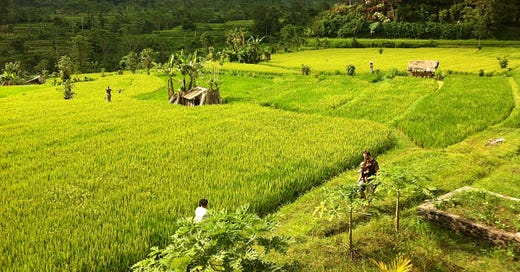


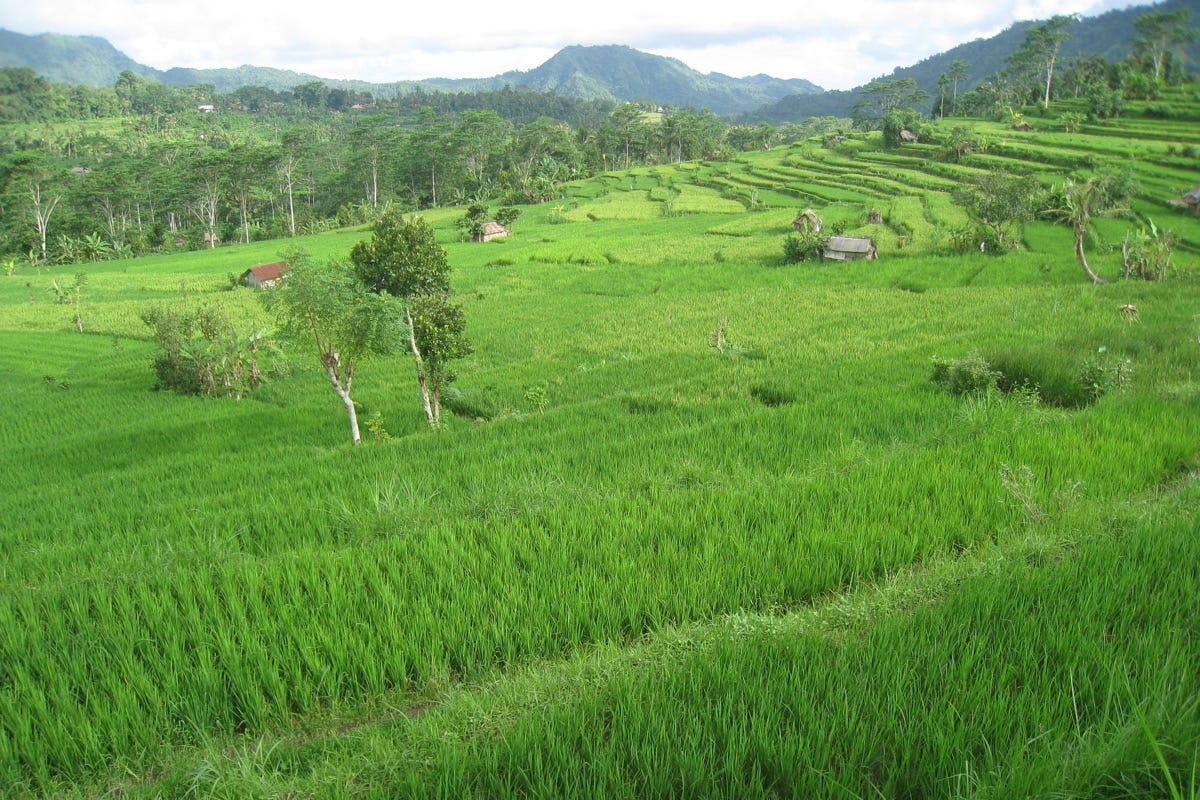

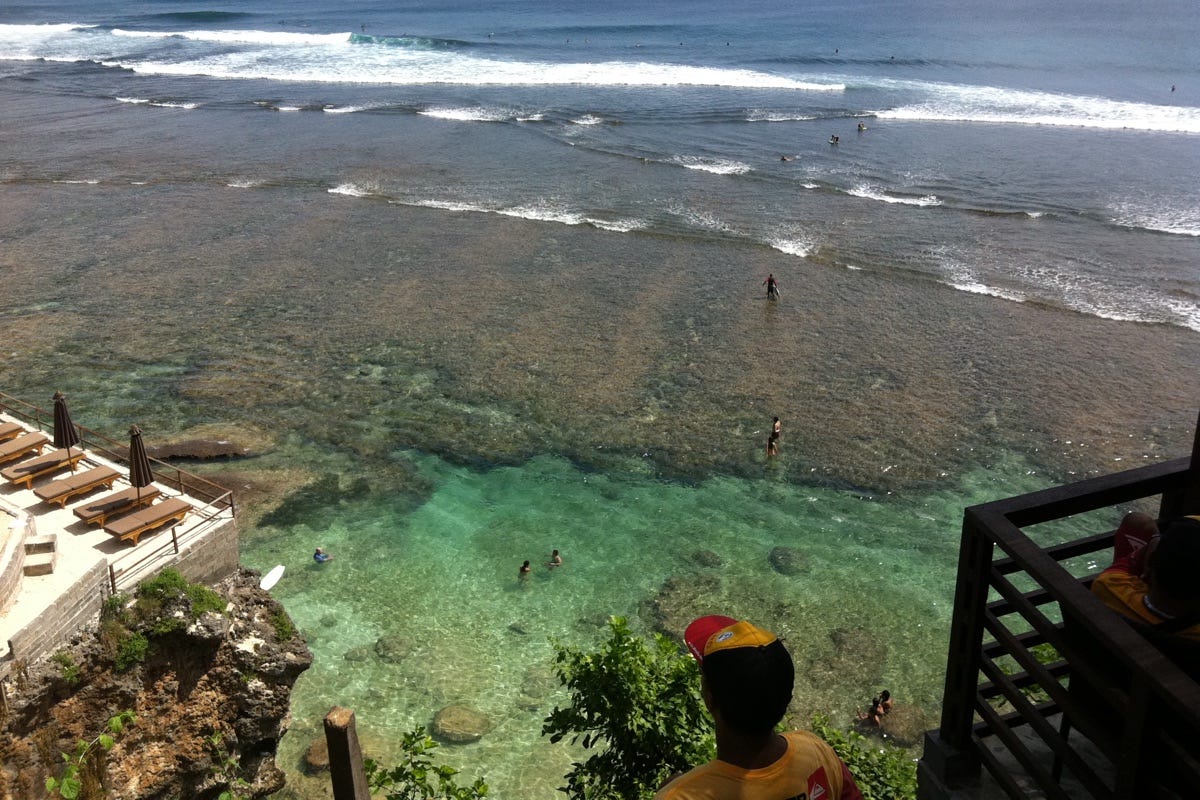
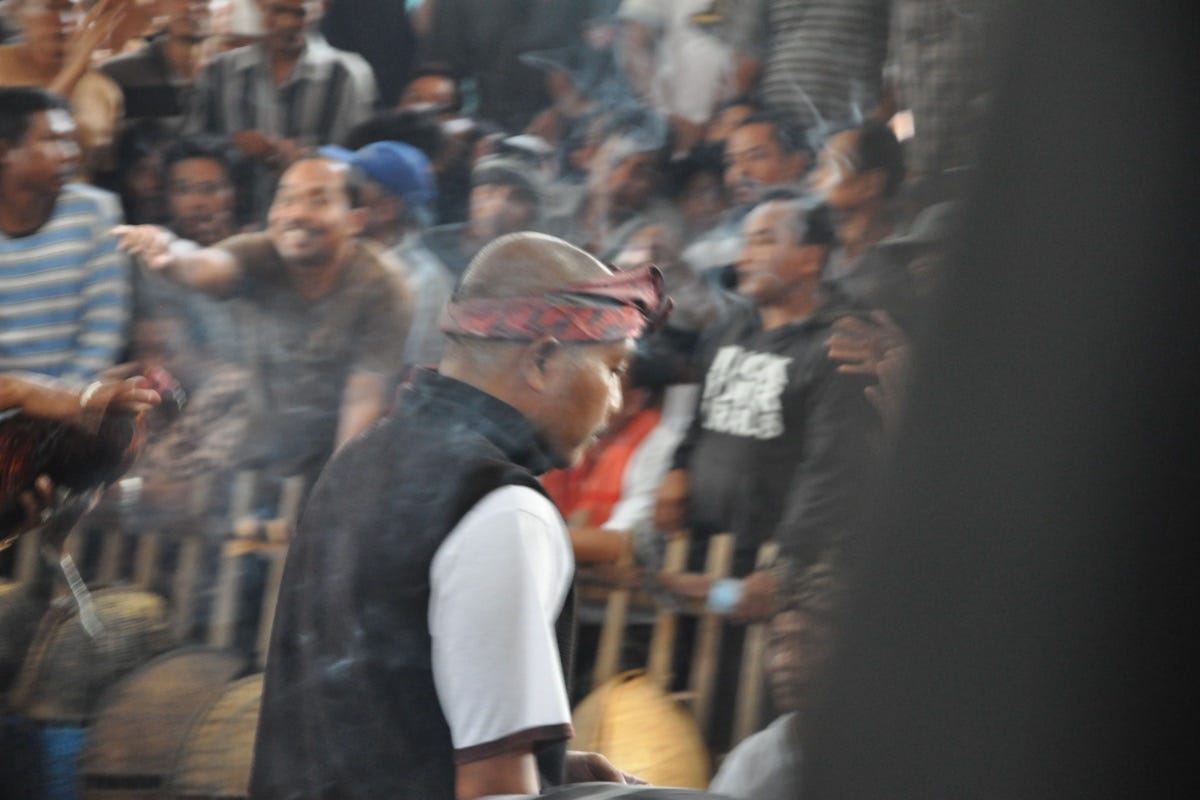
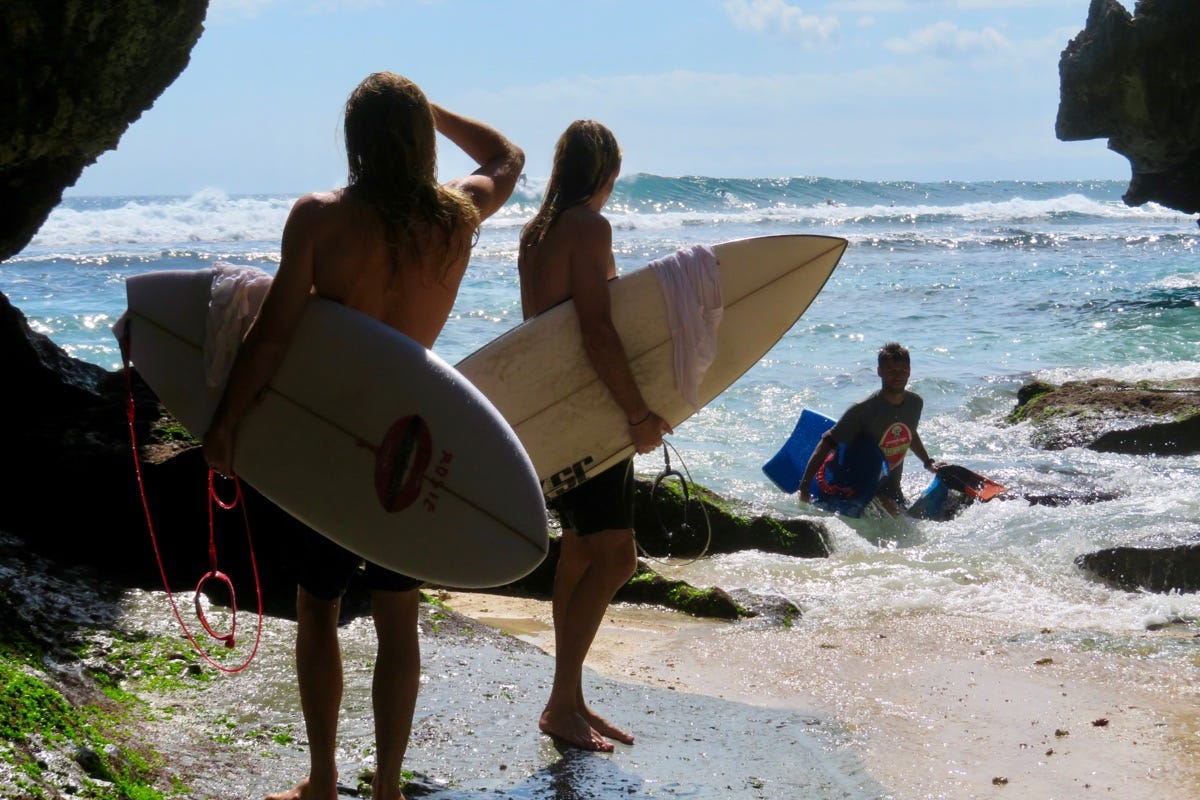









Share this post